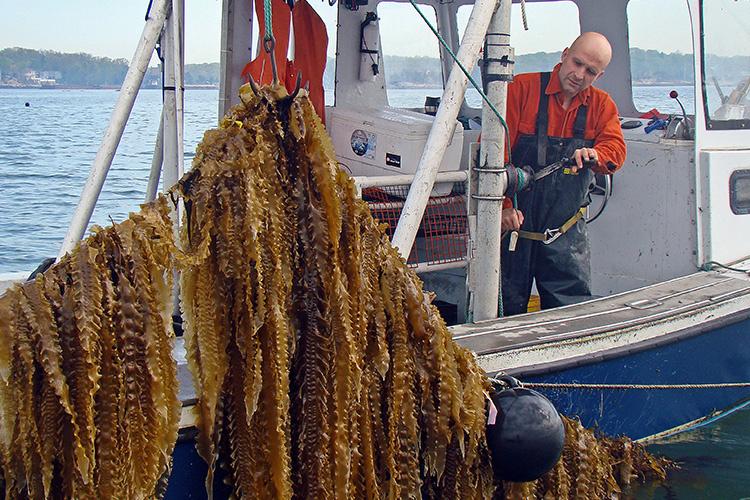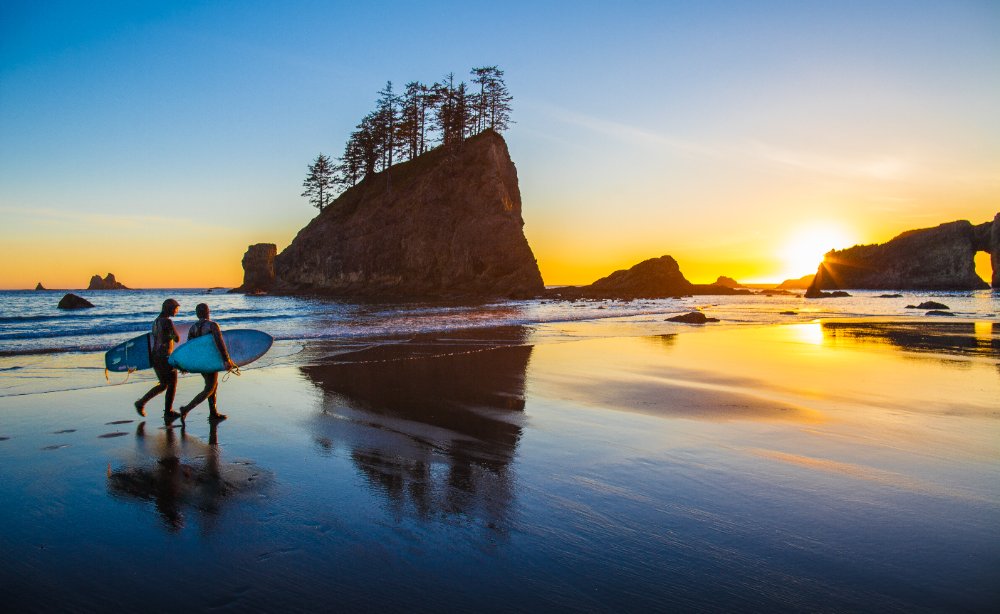Carbon capture and ocean acidification mitigation potential by seaweed farms in tropical and subtropical coastal environments
This project will explore the carbon capture capacity and ocean acidification mitigation in three operational seaweed farms in Florida and Okinawa, Japan.




